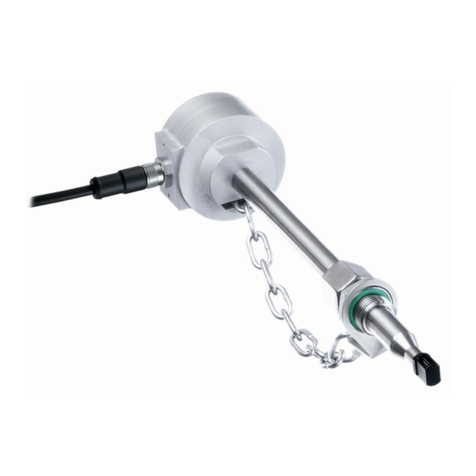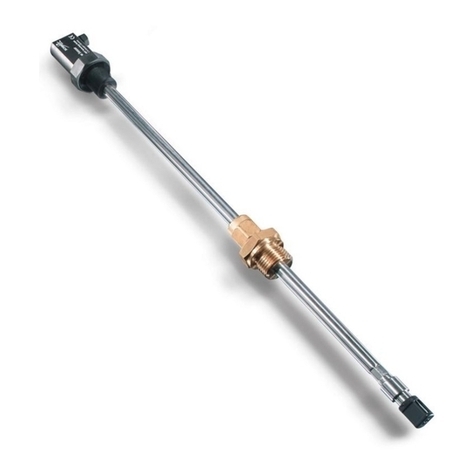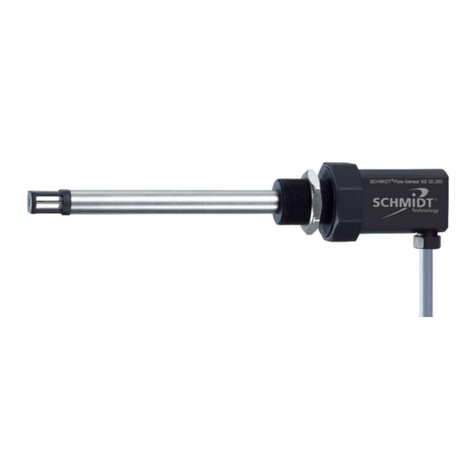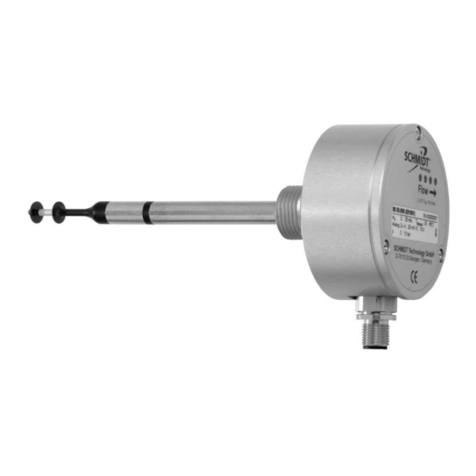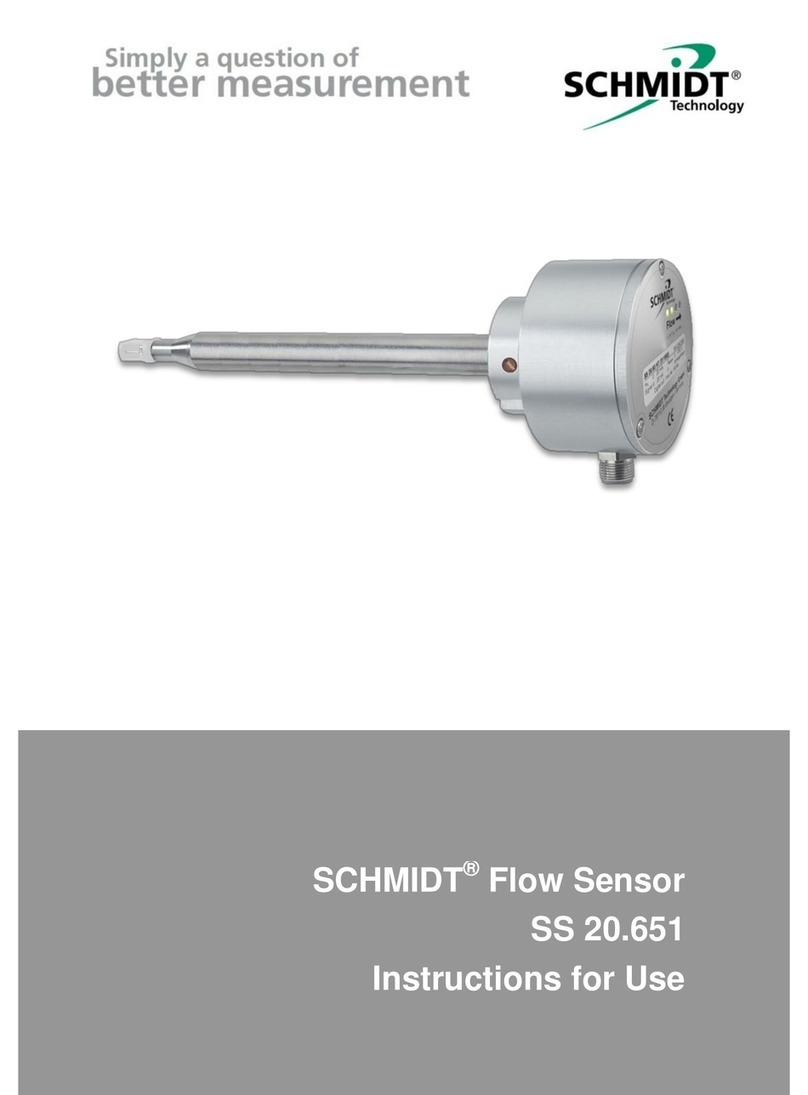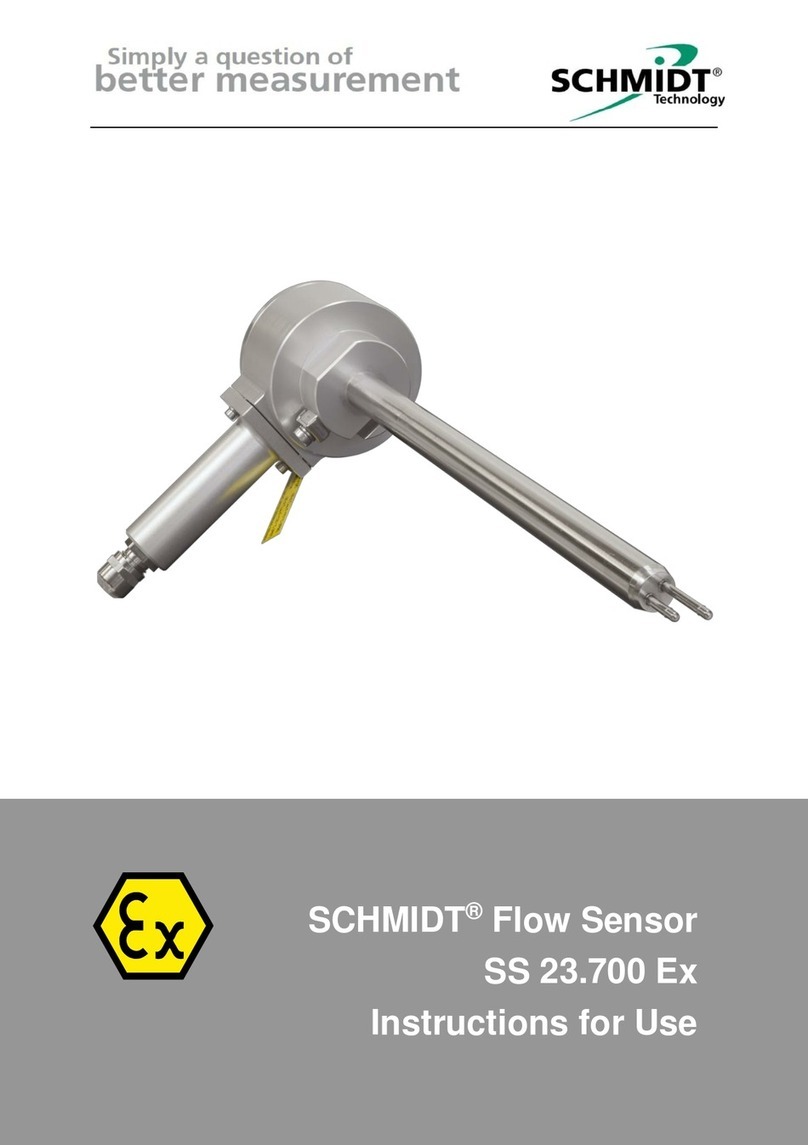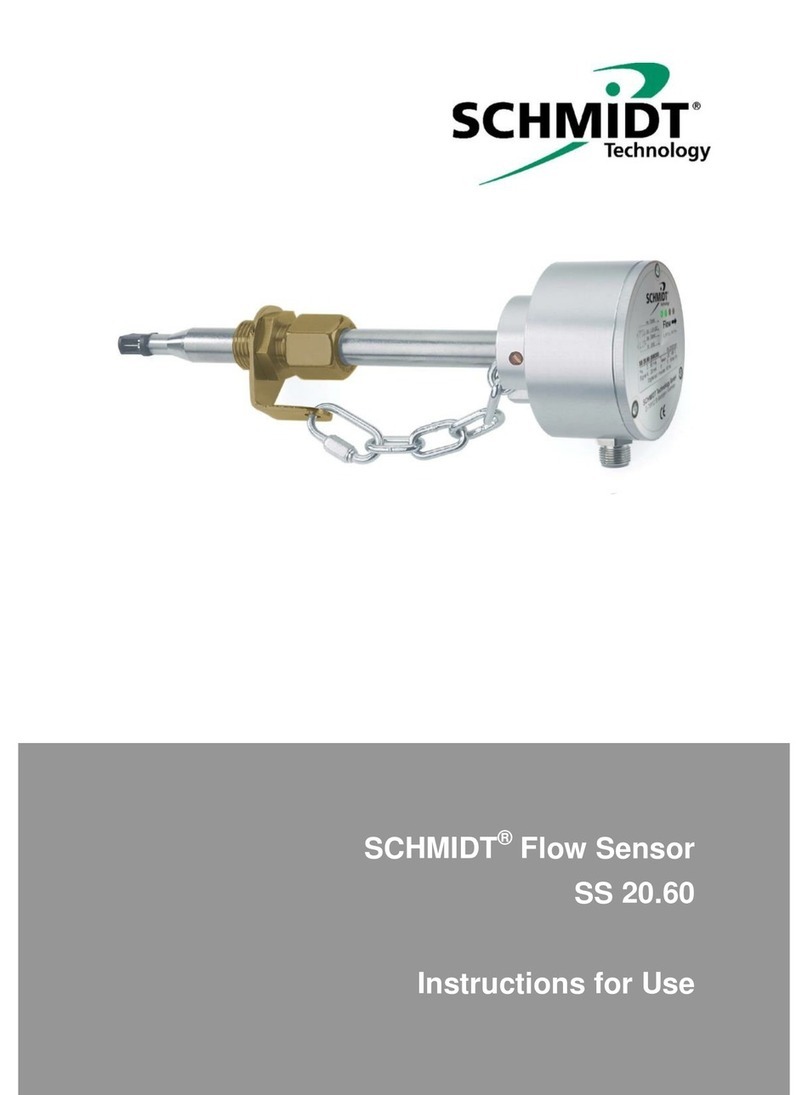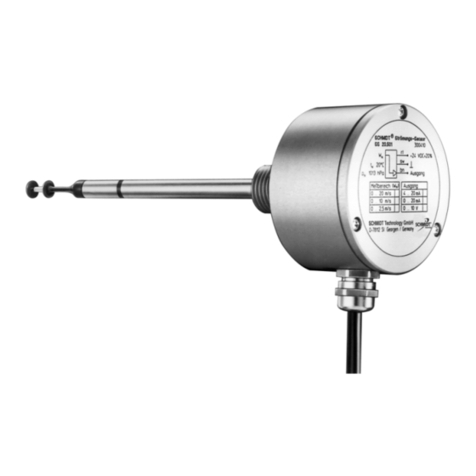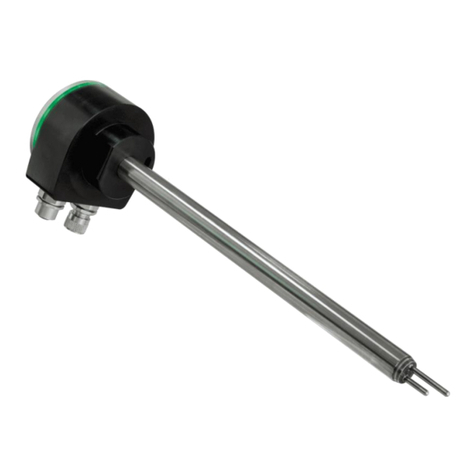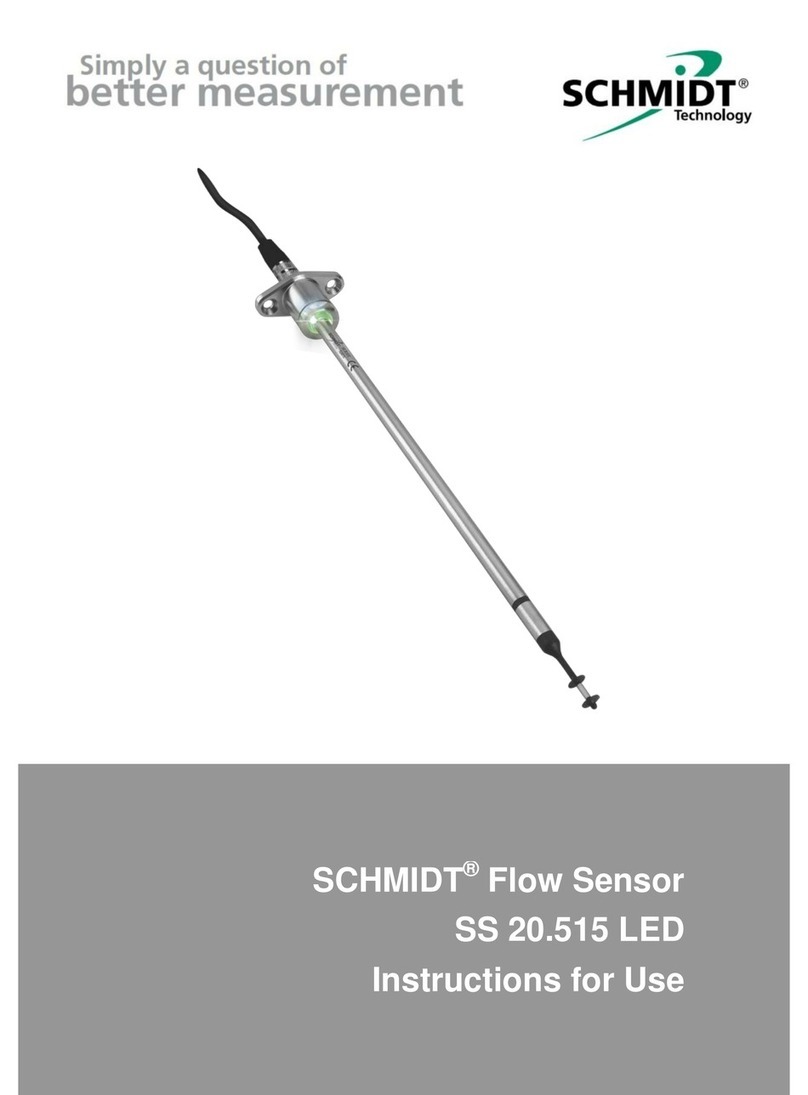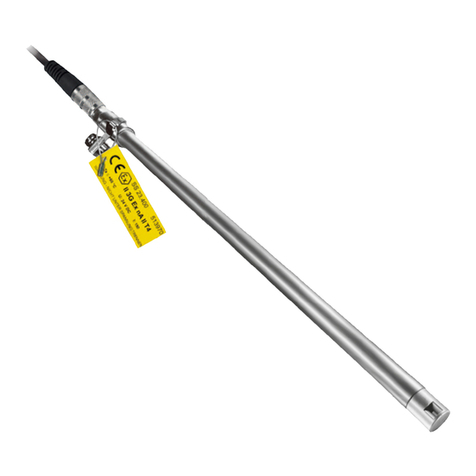It is explicitly pointed out that the customer, by opening the pack-
aging, assumes full responsibility for the cleanliness of both the
sensor as well as its accessories according to the standard
IEC/TR 60877:1999.
Information concerning O2compliant handling
The general rule is that a soiling of sensor parts that come into contact
with oxygen must be absolutely avoided:
- The installation site must be carefully cleaned before mounting of the
sensor.
- Make sure to use only clean tools and material for the installation.
- Before opening the packaging film, remove the dirt such as dust from
the film, if necessary.
- If possible, open the packaging film and take out the sensor directly at
the installation site.
- Otherwise open the packaging film at an appropriate and clean work-
place and store the sensor in an appropriate, cleaned, dust- and humid-
ity-tight container.
- Do not touch the oxygen contacting sensor parts with bare hands.
- Use clean and non-fluffy gloves or cloths or similar to handle the sensor.
Version for “special gases”
The version of the SS 20.700 for “special gases” receives a gas-specific
adaption for the measurement of certain gases and gas mixtures.
The sensor is adjusted and calibrated in air. Then a special correction
function for the medium to be measured is applied to the sensor. This cor-
rection has been determined for many gases in real gas ducts. For gas
mixtures, the correction adaption is calculated according to the set volumic
mixing ratio.
Mechanical versions
The sensor SS 20.700 is available in two versions:
- Compact sensor:
The sensor probe is fixed to the main enclosure.
- Remote sensor:
The sensor probe is mechanically separated from the main enclosure.
Connection is realized by an electrical signal cable that cannot be de-
tached on either side.
The different construction types an their dimensions can be found in the
dimensional drawings in chapter 9.

